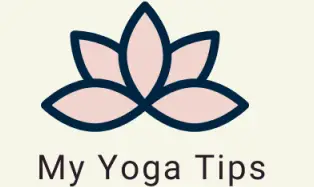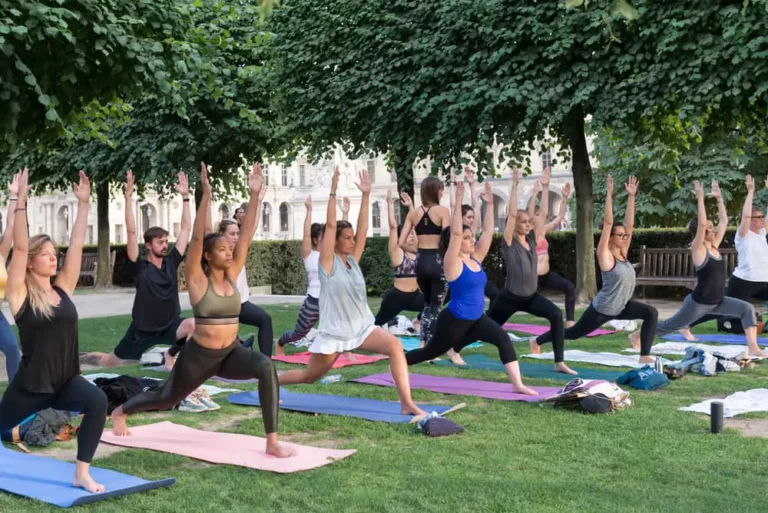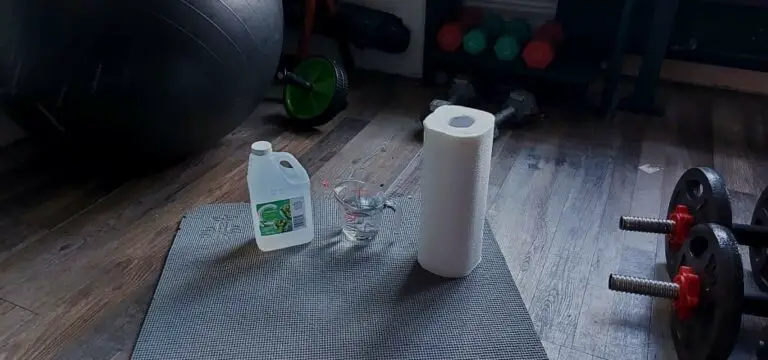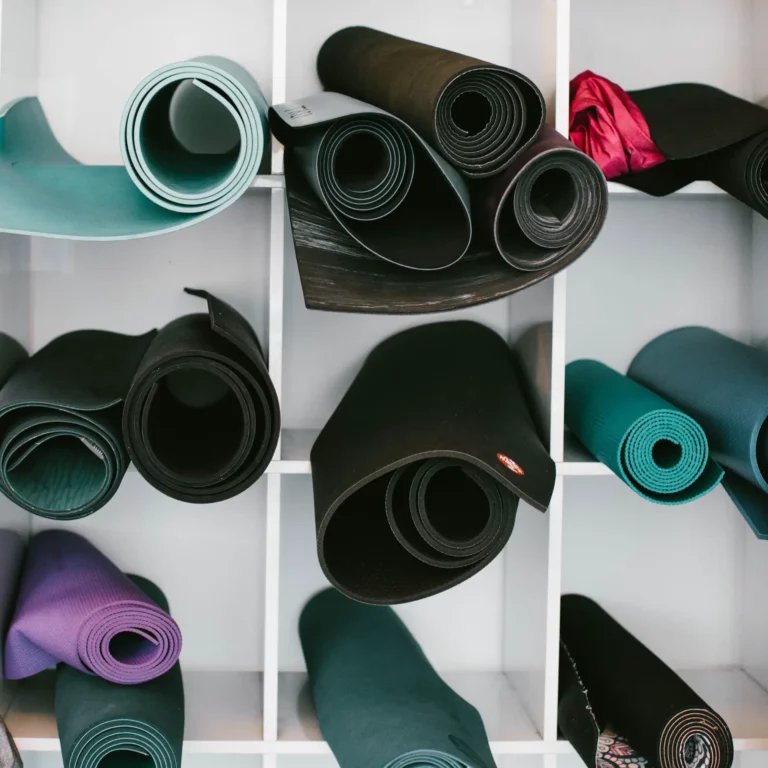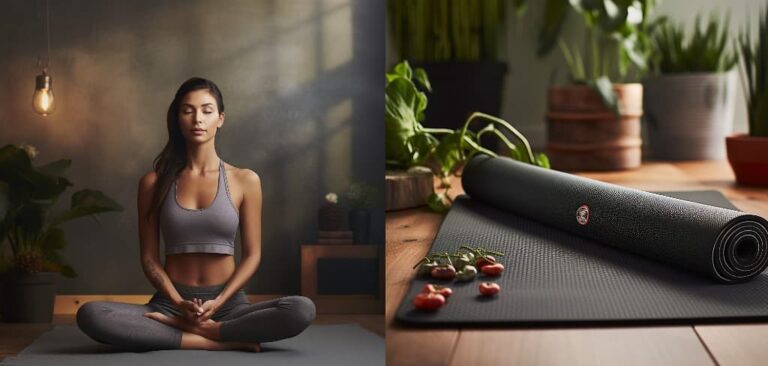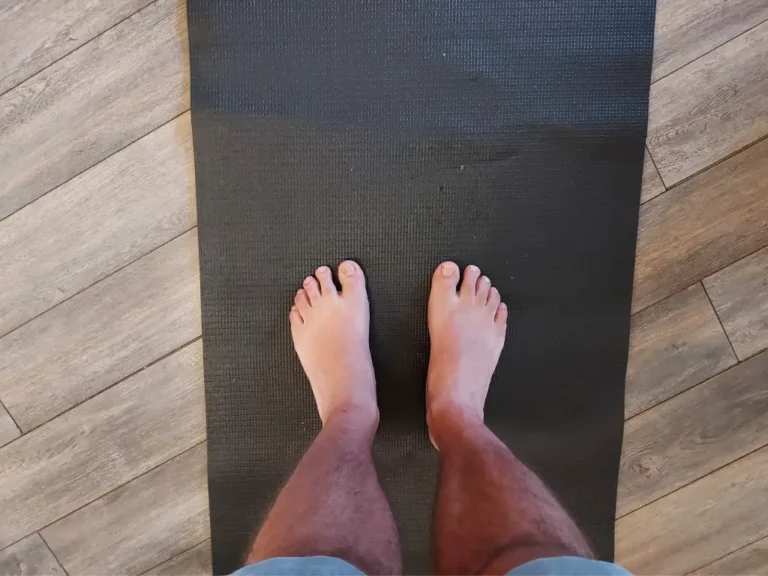Shedding yoga mat? Here’s what to do
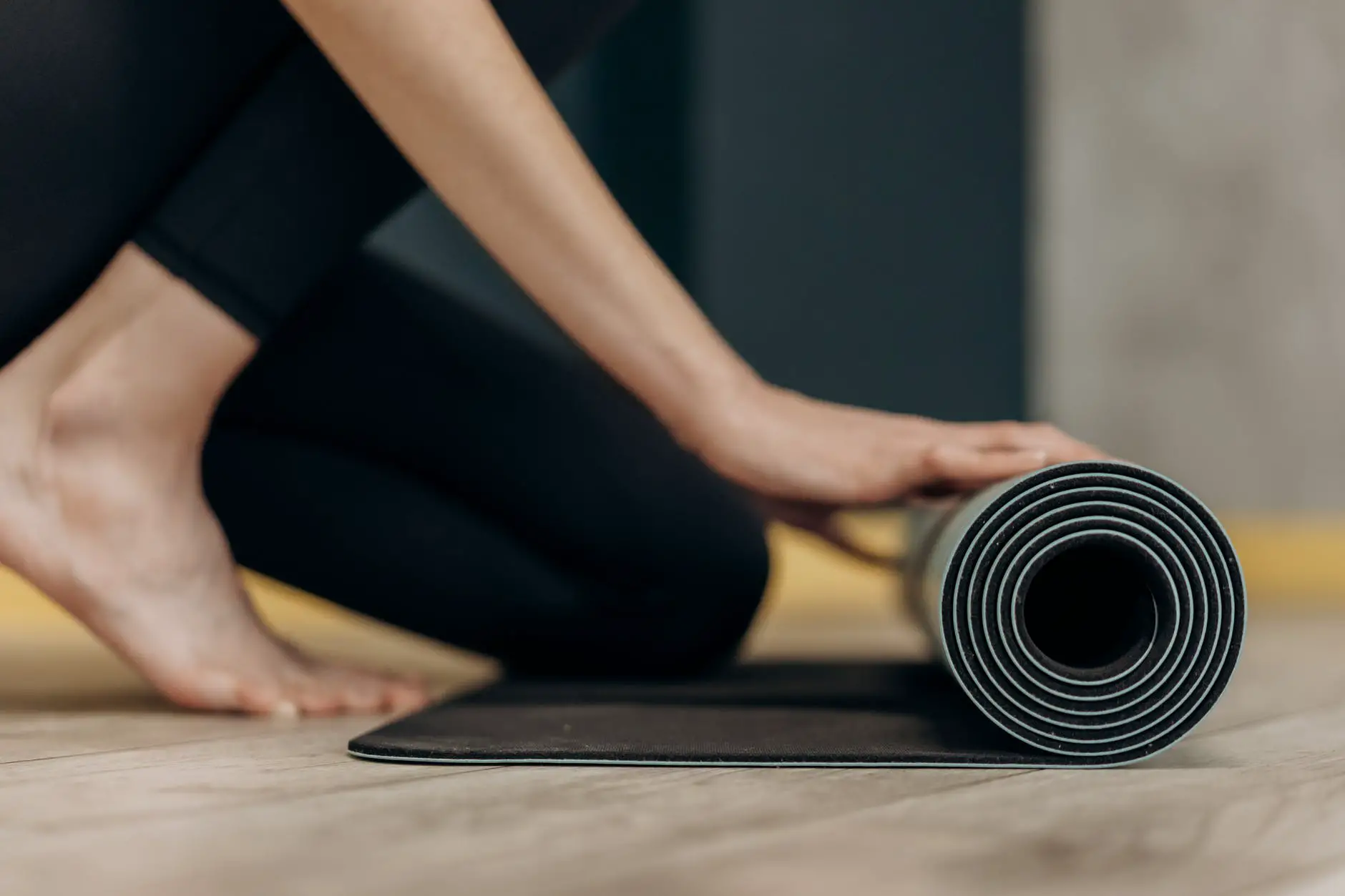
All over the floor, on my clothes and in my hair – yoga mat crumbs are everywhere! If you are a regular yogi, I’m sure you have experienced the pain (and mess) of a shedding yoga mat.
Several factors contribute to a shedding yoga mat. Material, quality, age, as well as how it is used, stored, and cared for play an essential role in a yoga mat’s durability. Following a few key steps can extend the life of a yoga mat.
Is your yoga mat falling apart after just a few uses? Why do yoga mats start shedding? And how do you make them last longer?
Let’s get to the bottom of this common dilemma.
Continue reading to discover why your yoga mat is shedding and what you should do – and avoid doing to keep it in tip-top condition.
Why Do Yoga Mats Shed?
Are you wondering why your precious yoga mat looks like it has gone through the mill after minimal use? How does something flowy and tranquil like yoga cause so much damage?
5 Reasons Why Your Yoga Mat Is Shedding
Here are several possible causes of a crumbling yoga mat:
- The Quality And Material Of The Yoga Mat
Unfortunately, you cannot skimp on quality. Cheaper yoga mats are made exclusively with lower-grade materials, such as:
- Plastic: PVC, TPE and foam
- Synthetic rubber
- Fillers
In addition, these mats are generally thin and flimsy. Yoga mats of inferior quality will start to wear away and disintegrate with moderate usage.
- Frequently Used Yoga Mats
If you are a keen and dedicated yogi, chances are you cannot go a day without stepping onto your mat! In this case, the gradual aging, wear and tear of the mat are inevitable.
- How The Mat Is Used
Your personal yoga style and routine will also affect the mat’s lifespan, as it yields to your body’s constant pressure and movement during practice.
Dynamic styles of yoga which are fast-paced and intensive, such as Ashtanga and Vinyasa, can cause or accelerate mat shedding. The friction from repetitive and rigorous movements during a flow sequence leads to material breakdown over time.
Working out on the mat with shoes – or even particular socks will also be abrasive.
- Exposure To Salt And Moisture
Your mat is sure to be covered in sweat after all those downward dogs, vinyasa flows and hot yoga sessions! Even a gentle Yin yoga practice can cause sweaty palms and feet.
The salt and moisture build-up from perspiration, as well as dirt and oils will eventually erode the mat’s material.
- Cleaning And Care Of The Mat
Cleaning (and lack thereof) is a common cause of shedding yoga mats.
Scrubbing too vigorously, abrasive cleaning agents and machine drying will soften and break down the yoga mat.
Extensive exposure to direct sunlight will also cause your mat to crumble, as the harsh UV rays will damage the material.
3 Tips To Prevent A Shedding Yoga Mat
Practicing yoga on a mat that’s crumbling to pieces will leave you feeling more cray-cray than namaste!
Fortunately, you can extend your mat’s longevity with some handy tips and advice from the experts:
- You Cannot Skimp On Quality
First and foremost, invest in a decent yoga mat. If you have committed to a regular yoga practice, it is worth purchasing the highest quality mat that fits your budget and needs.
A good quality yoga mat will be slightly thicker, more durable and made from superior materials such as natural rubber, cork, microfiber and cotton. As a bonus, these mats often come with a quality guarantee.
Although it costs more upfront, you will save money in the long run, as the mat won’t need to be replaced as often.
- Protect Your Mat With A Yoga Towel
Cover your mat with a yoga towel to absorb sweat, oils and dirt. The towel’s extra grip and sweat resistance will prevent you from slipping and protect the mat from friction during movement.
- Care, Cleaning And Storage
Moisture, chemicals, sunlight and dirt will degrade the mat, which results in shedding.
Learn more!! see our article Tips To Choose The Best Yoga Mat and maintain for more information.
These simple habits will protect and extend the lifespan of your mat:
- Prevent the unnecessary buildup of dirt and grime –avoid using cream/lotion and make sure you have clean hands and feet before stepping onto the mat.
- Gently wipe down your mat with a damp cloth or baby wipe after each session.
Yogiapproved.com share an easy recipe to make your own all-natural yoga mat cleaning spray:
What you will need:
- Small spray bottle (2-4 ounces or so)
- Distilled or spring water (3/4 of spray bottle)
- 2 drops of tea tree essential oil
- 1 drop of lavender essential oil
- Optional: Witch hazel or white vinegar (fill 1/4 of spray bottle)
Directions
- Add ingredients to the spray bottle and shake gently to combine.
- Lightly spray the solution over your mat and leave to sit for 30-60 seconds.
- Wipe down your mat with a damp cloth and repeat on the other side.
- Allow the mat to dry before rolling.
- Allow your mat to dry between sessions – do not roll it up immediately.
- When it’s time for a deep clean, follow manufacturer’s instructions, or wipe down the mat with a soft cloth soaked in warm water with a few drops of dishwashing liquid or mild soap. Pat dry with a towel.
- Do not tumble-dry or expose your mat to direct sunlight. Allow it to air-dry in a shaded area.
- Gently roll up your mat and store it in a cool area, away from heat or sunlight.
Learn how to roll your yoga like a pro to keep it clean and prevent peeling:
How Often Should A Yoga Mat Be Replaced?
Supportive, familiar and reliable, replacing a yoga mat is like saying goodbye to a trusty friend.
Fitness professionals suggest that you replace your mat every 12-24 months. Each mat’s life span will vary, as it will depend on its quality, use, cleaning, and storage.
The mat is a fundamental tool for your yoga practice, providing you with grip, stability and insulation. A tired and worn-out yoga mat will affect the quality and enjoyment of your practice.
4 Clear Signs It’s Time To Replace Your Yoga Mat:
If you notice any of the following four signs, it may be time to call it a day:
- Loss Of Grip Or Traction
When you find your hands and feet slipping during poses, or if you need to grip the mat a lot more for stability.
- Uneven And Worn-Out Padding
In time, certain parts of the mat will thin out and lose padding due to the repetitive pressure from the body during flows and poses. Roll out your mat to check for any uneven padding or ‘bald spots’, typically around the corners.
Are you struggling to balance and hold poses? This is another tell-tale sign of worn-out padding.
- It Starts To Fall Apart
Your mat has seen better days when you start to notice small pieces/crumbs stuck to your clothes or all over the floor after your practice.
- Unpleasant Smell – Even After Cleaning
If you battle to slip away into savasana or hold a child’s pose because your mat emits a funky odor, it is time to say your goodbyes!
Final Thoughts
A shedding yoga mat is sure to put a damper on the safety, results and overall enjoyment of your practice. Appropriate handling and care will protect and preserve your mat – and your sanity!
